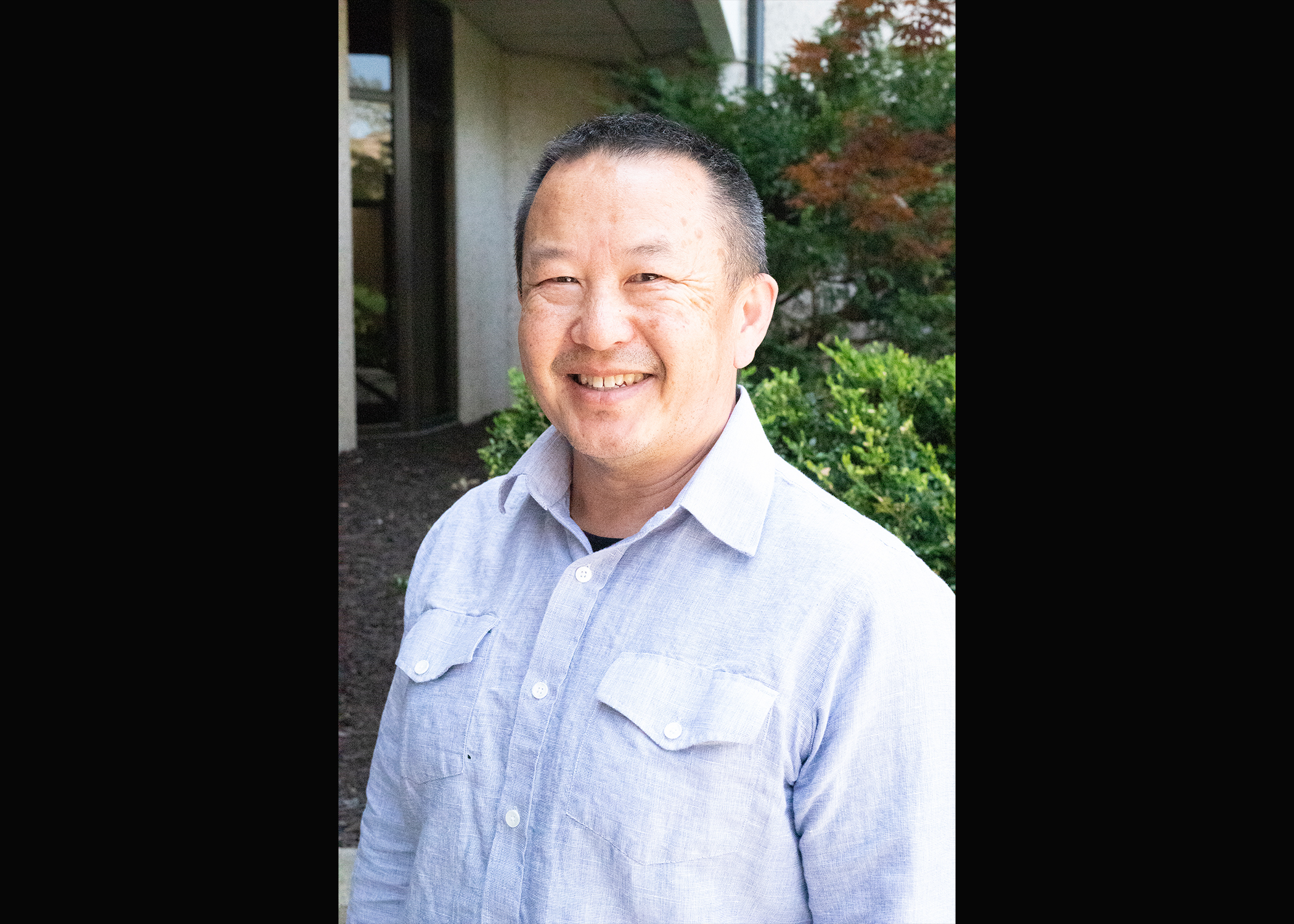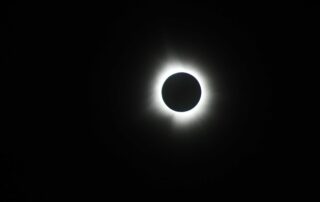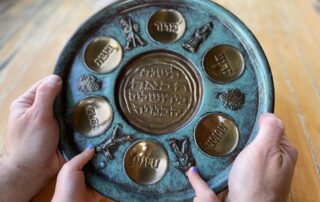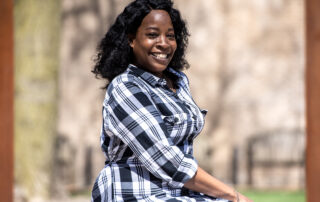How do you define home if you’ve grown up in multiple places? It’s a question Pao Lor of Kimberly has grappled with for years. So, he went to visit his first home for clarity.
He shares his story as part of the “Home Is Here” project, which amplifies the voices of the growing number of Black, Asian, Native American and Hispanic residents who call northeastern Wisconsin home. The project is part of the NEW News Lab – a local news collaboration in northeastern Wisconsin made up of six news organizations.
==
My Home Away from Home: The Most Secret Place on Earth
What is it like to call one of the most secret places on Earth, home? In the 1970s, I lived there, and then I left.
For much of the 1960s and 1970s, this place I called home was closed to the outside world. It was the headquarters of a United States’ secret military operation.
For the past 60 years or so, it was one of the most dangerous places in the world to visit.
After 45 years away, I finally had the opportunity to return home. It’s a home that is far, far away from Kimberly, Wisconsin, where my family now lives.
It’s a home, somewhere in central Laos.
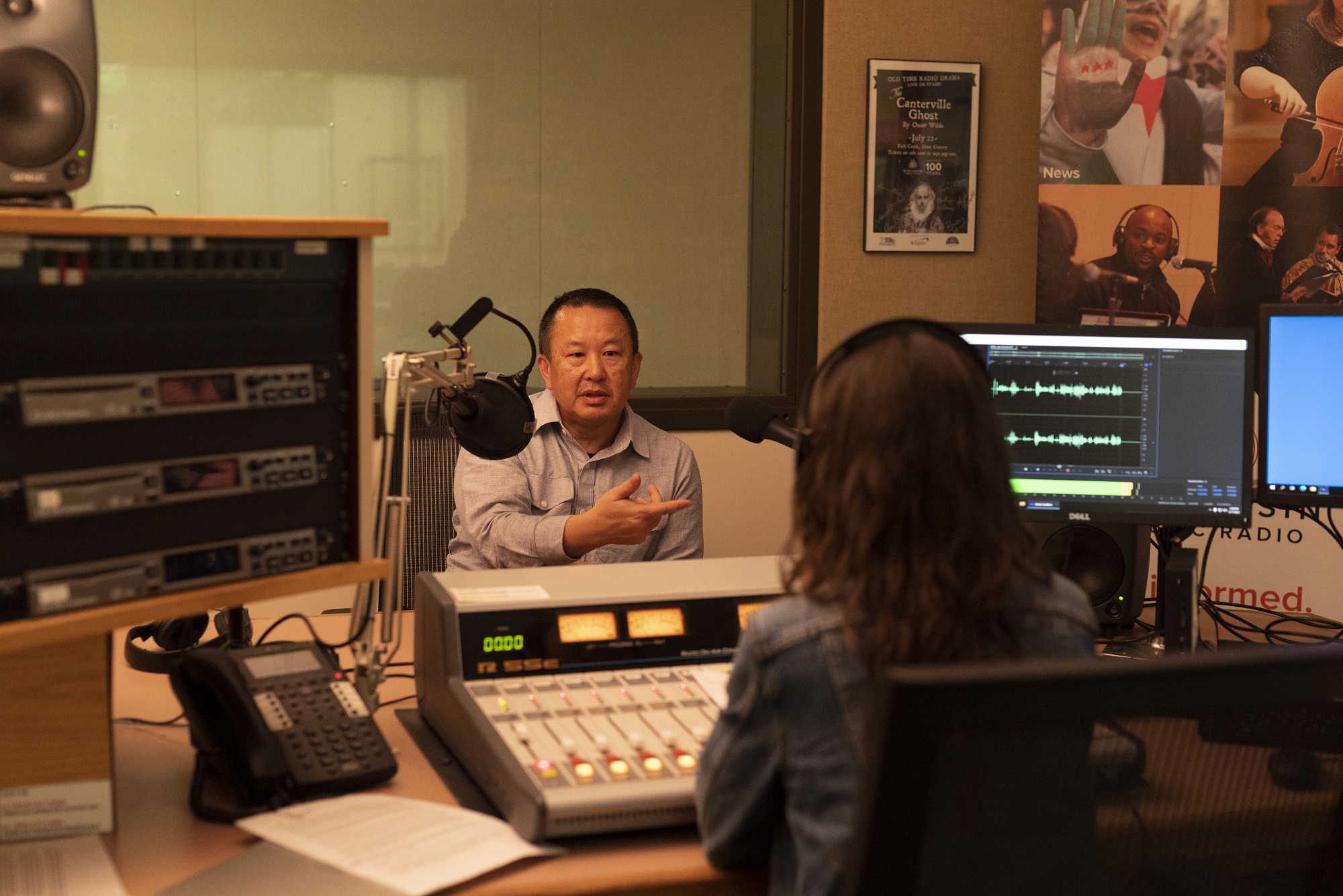
Pao Lor records his story for the “Home Is Here” project in Wisconsin Public Radio’s Green Bay studios on May 17, 2023. (Photo by Laura Henderson)
From an early age, the thought of one day returning home intrigued me, fascinated me, and motivated me. Growing up, I heard so much about my home.
There are stories about love, perseverance and wars.
There’s brotherhood and sisterhood.
Tragedies, comedies, mythical figures and legends.
Not to mention, our ways of life in China, freedom, liberty, among many others.
The storytellers painted my home as a mysterious world — a beautiful world — a world filled with wonders.
It’s a heartwarming world, and a heart-wrenching, merciless world.
This avalanche of mysteries, wonders, and emotions, left me with a deep sense that, “My far, far away home, is really where I belong.”
Back in November 2022, I was finally home.
I made it to Vientiane, Laos. My main goal was to retrace the path that many Hmong — including my family — took in the 1970s to seek refuge in Thailand. I also wanted to revisit some of the villages that my family once called home.
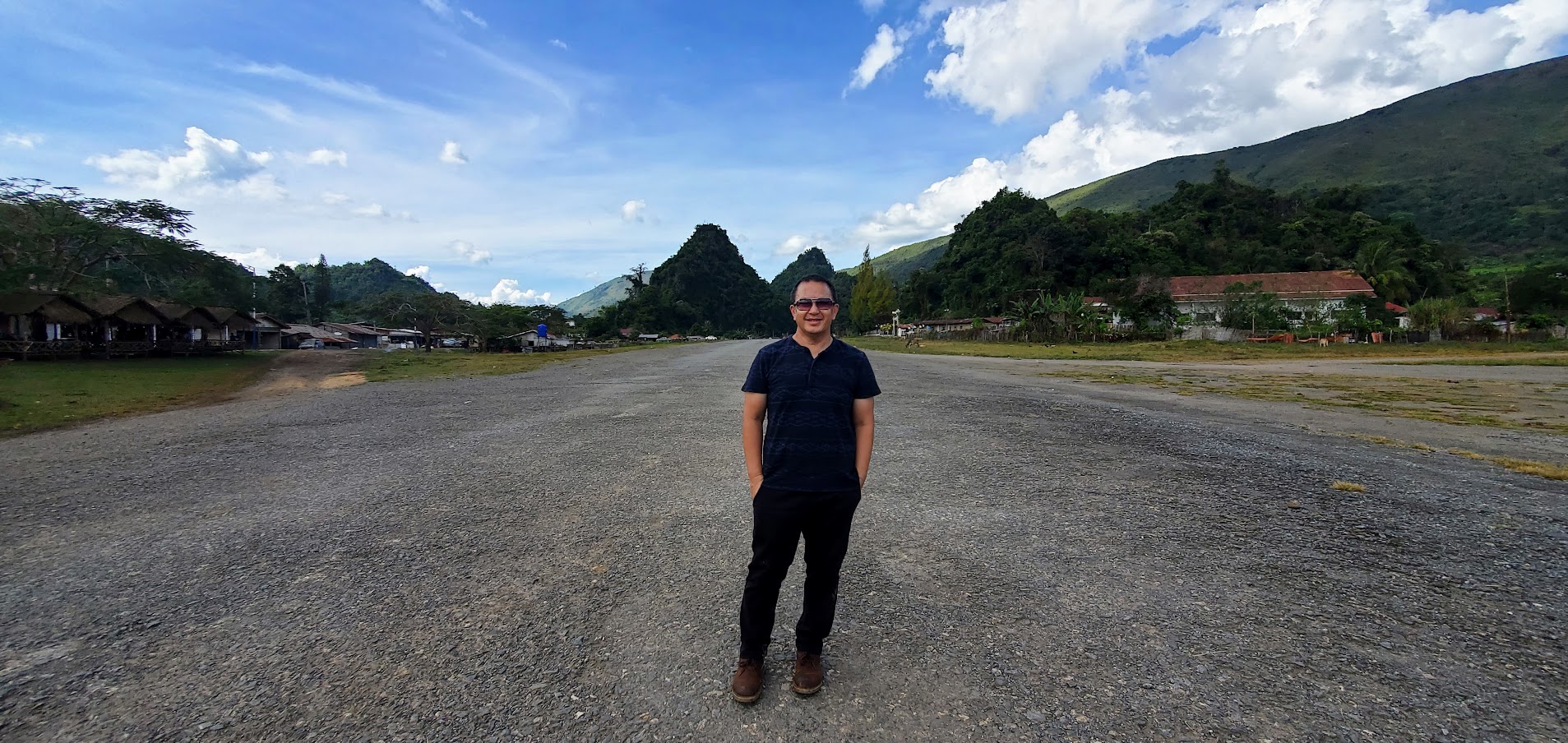
Pao Lor stands on the United States’ airstrip in Long Cheng, Laos in November 2022. (Courtesy of Pao Lor)
From Vientiane, my wife, Maya, and I — along with our driver and his wife — headed to Lane Xang.
Along the journey, we drove by a section of the Mekong River, where many Hmong — including my family — crossed, to seek refuge in Thailand.
This is where I lost my mother and one of my two sisters. Like many Hmong making this journey, my mother and sister drowned while attempting to cross the Mekong River. We could not salvage their bodies, to give them proper burials. I was about five or six years old.
As we were departing the area, Maya whispered to me, “Any tears inside of you?”
I, of course, had many unexplained emotions, but replied, “No, they dried up a long time ago.”
Our next stop was Muang Awe, the last village my family lived in, before leaving for Thailand.
Standing on the outskirts of Muang Awe, I saw the entire village. I can still visualize our hut, located near the river, that runs through the center of Muang Awe.
I felt so relieved to finally see a place that I thought I would never see again.
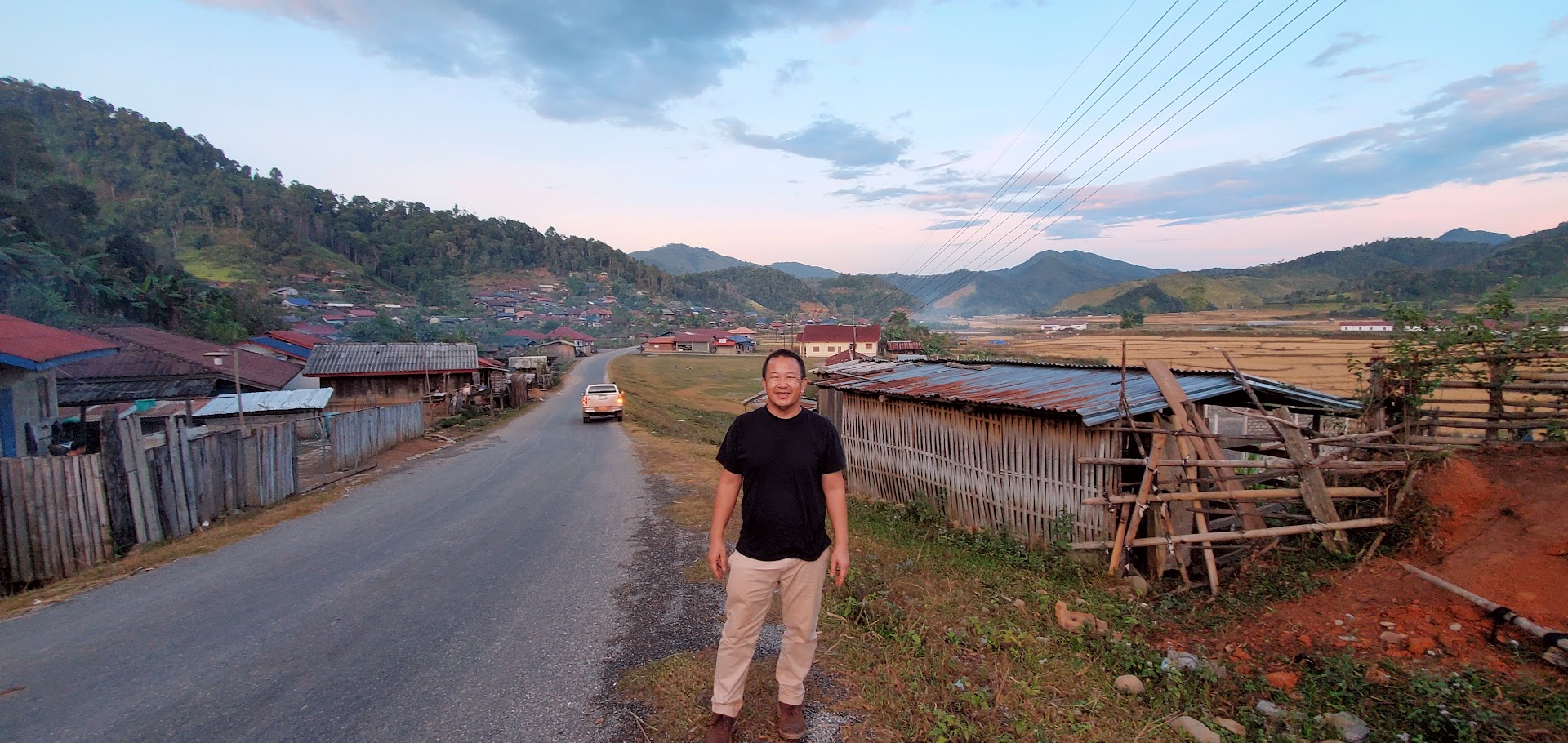
Pao Lor stands on the outskirts of Muang Awe, Laos in November 2022. This is the last village his family lived in before leaving for Thailand. (Courtesy of Pao Lor)
Next, we arrived at Muang Cha, a place my family, relatives, and other Hmong called home in the 1960s and 1970s. I couldn’t help but think about my older siblings, who once came to Muang Cha to attend school.
The next day, we visited several remaining historical landmarks from The Secret War in Laos. This was a secret military operation, by the United States, to counter communism in Laos and Vietnam in the 1960s and 1970s.
First, we stopped by Phou Bia, which is the tallest mountain in Laos.
This is where my father was assassinated. This site was the last stronghold for the Hmong, who supported the United States, and stayed behind after the United States had already left Southeast Asia in 1975.
Visiting here makes the few wonderful memories I still have of my father even more meaningful…
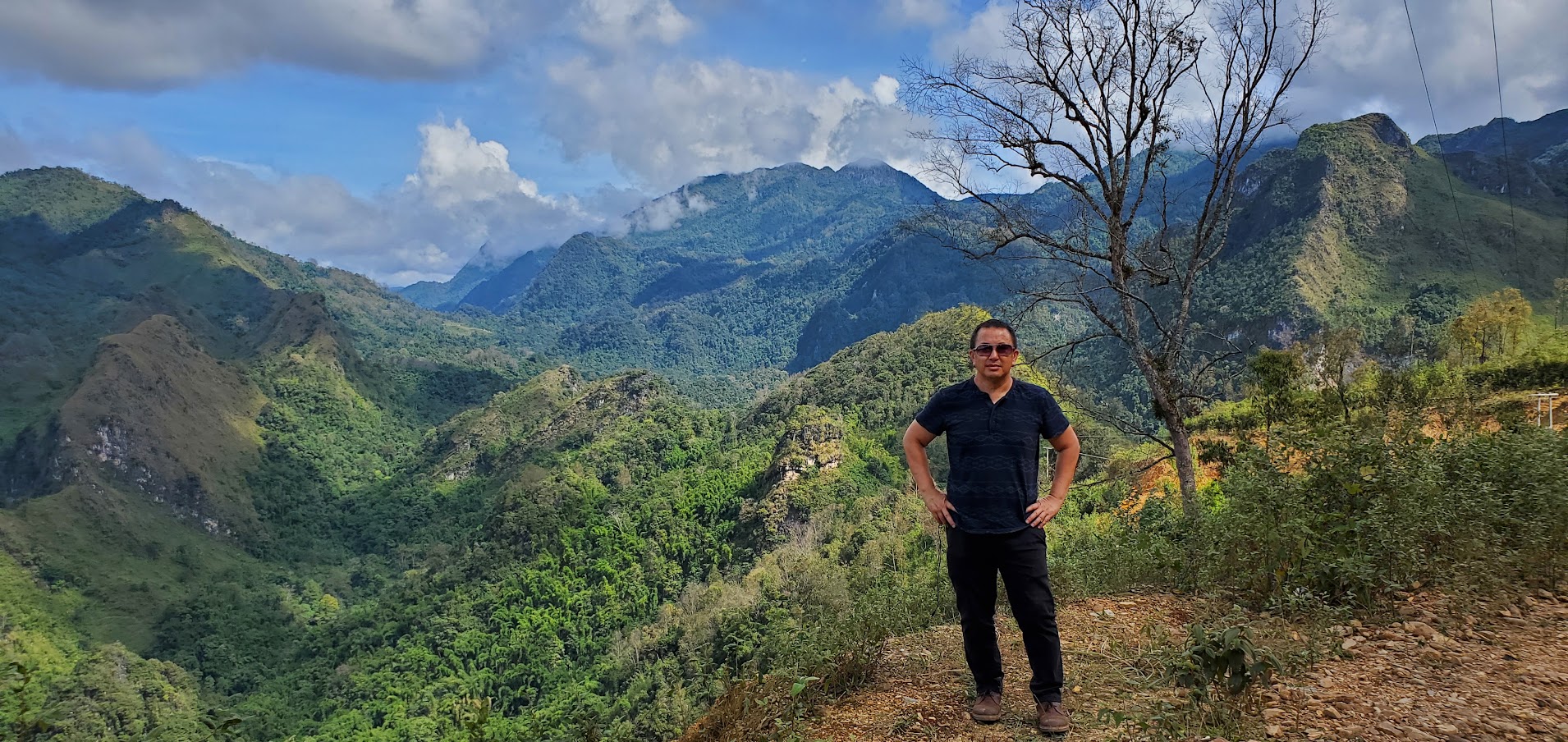
Pao Lor stands near Phou Bia, the tallest mountain in Laos in November 2022. This is near where his father was assassinated. (Courtesy of Pao Lor)
We then stopped at Long Cheng and Som Thong, which are two of the military sites where the United States carried out The Secret War in Laos. Long Cheng and Som Thong are two places where the United States and the Hmong who supported the United States attempted to ignite a democracy movement. After almost a decade, it failed. The Hmong eventually had to find their hopes and dreams of a democracy in other westernized countries.
Lastly, we stopped in Phonsavan. On the way to Phonsavan, we stopped at Has Qhuav, the place where my grandparents lived and where my parents were born. Needless to say, I had a mix of emotions, in particular, moments of happiness and moments of sadness.
After a week visiting my Laos home, I returned to my Wisconsin home enlightened, enriched, and fulfilled. I finally felt at peace. I finally came to embrace that my far, far away home in Laos is no longer my home. It is simply now, a part of my past.
Home is now Kimberly, Wisconsin.
But l left Laos with a wish. During my visit, I saw children who were like me when I was growing up in Laos and Thailand in the 1970s. Like me as a child, many will not have the opportunity to compete on a global stage. I hope some of them, their children, and their grandchildren will get such an opportunity. They deserve it, and they shouldn’t have to endure what I had to endure to get it.
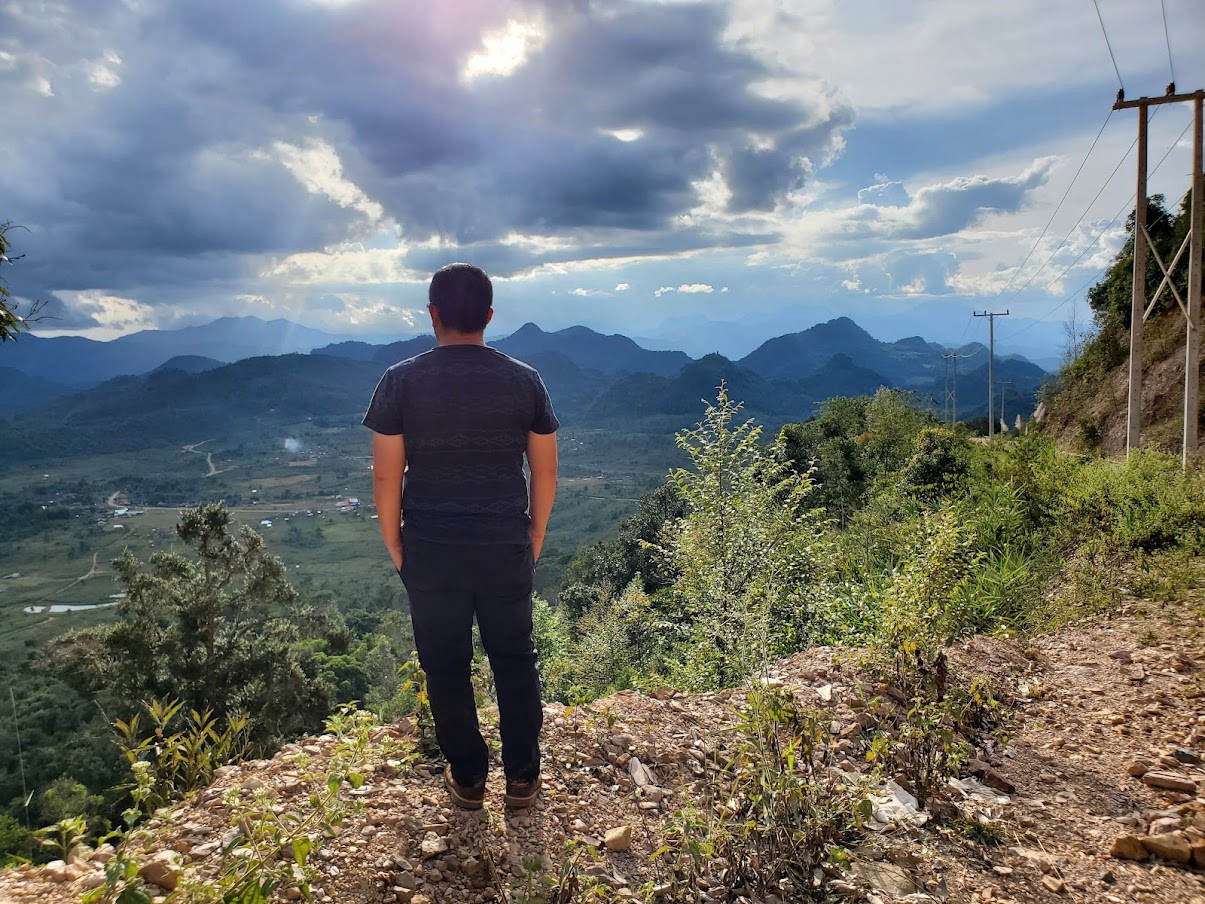
Pao Lor overlooks Som Thong, Laos in November 2022. This was another United States headquarter in Laos. (Courtesy of Pao Lor)
Pao Lor is the Associate Dean of the School of Education at UW-La Crosse. He travels back to Kimberly, Wisconsin to be with his family on the weekends.
==
MUSIC: “Shadows & Color” by Adam Bokesch
“We Wave From Our Boats” by Mary Lattimore
